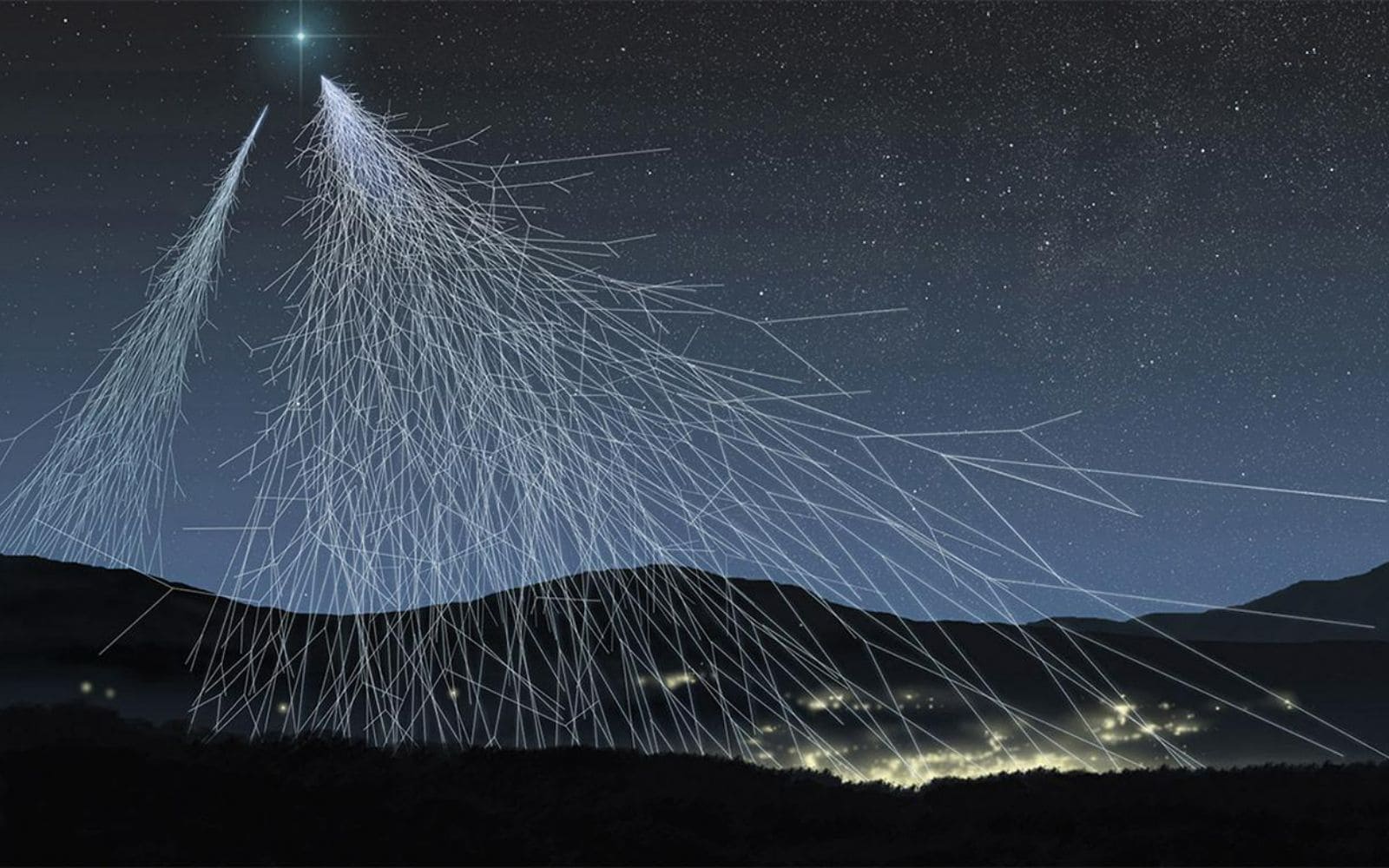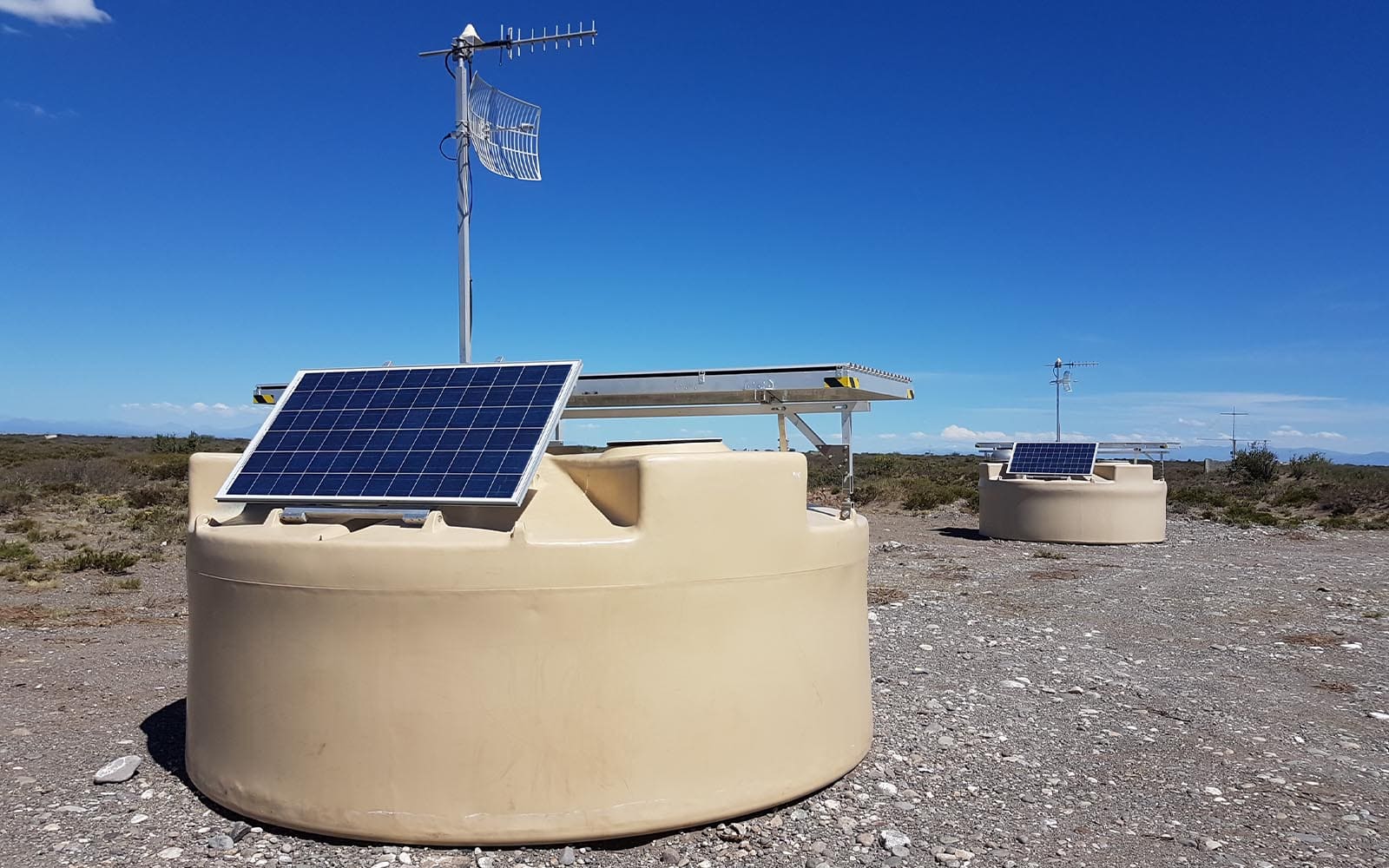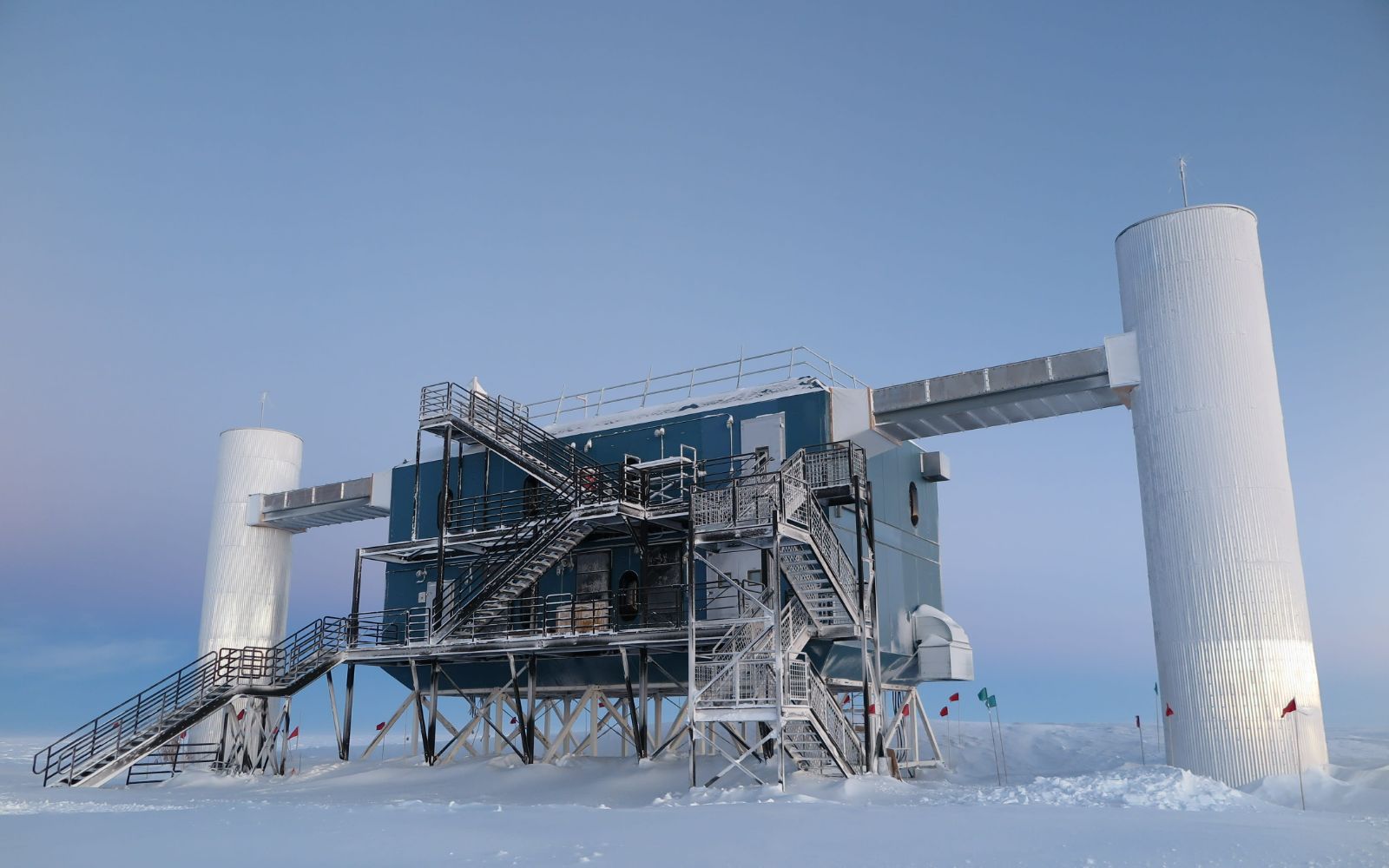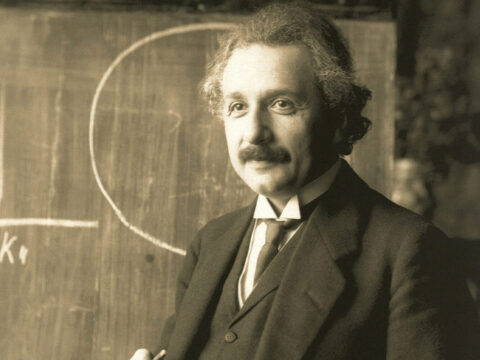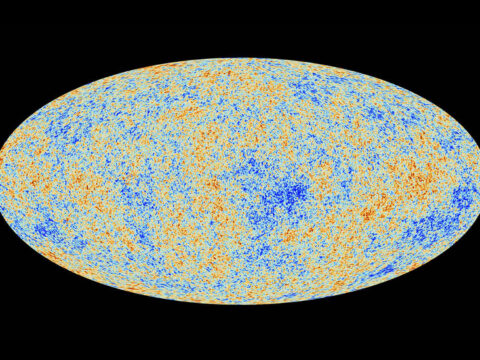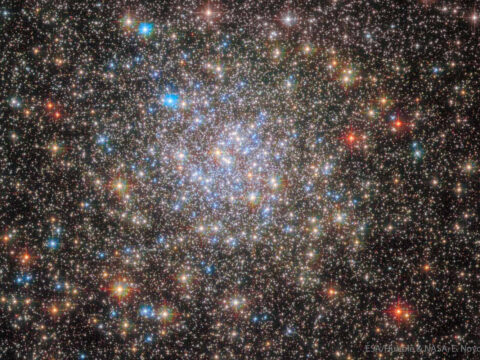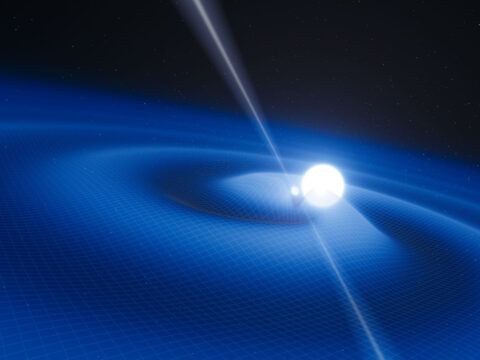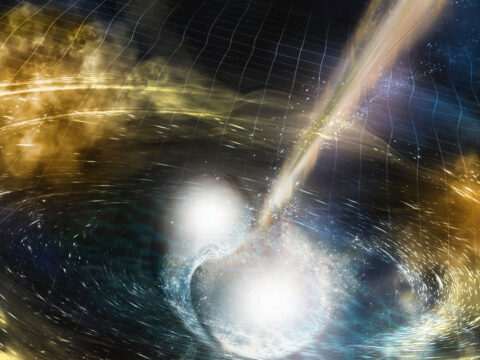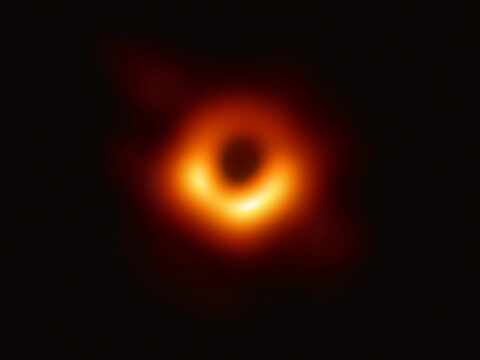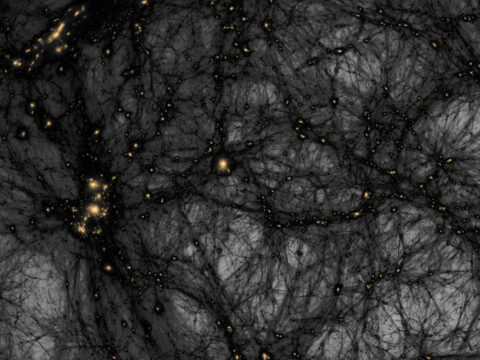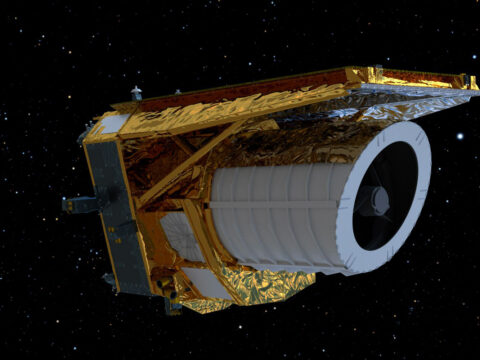The universe is continuously traversed by elementary and subatomic particles, which travel through space at very high speeds. Many of these reach Earth, bringing very precious information about astrophysical phenomena that produced them. When you talk about “astroparticles”, you typically refer to cosmic rays. These are high-energy particles that reach the Earth from every direction, mainly composed of protons (approximately 90%), in addition to helium nuclei (9%), and a very small percentage of atomic nuclei, electrons and, in a minimal part, antiparticles. In reality, only a small part of cosmic rays actually reaches us, thanks to the “shield” provided by the atoms of the atmosphere, which absorbs a large part of cosmic radiation (this is lucky, since prolongede xposure to the very high energies of these particles would have lethal effects on the tissues of our organism).
